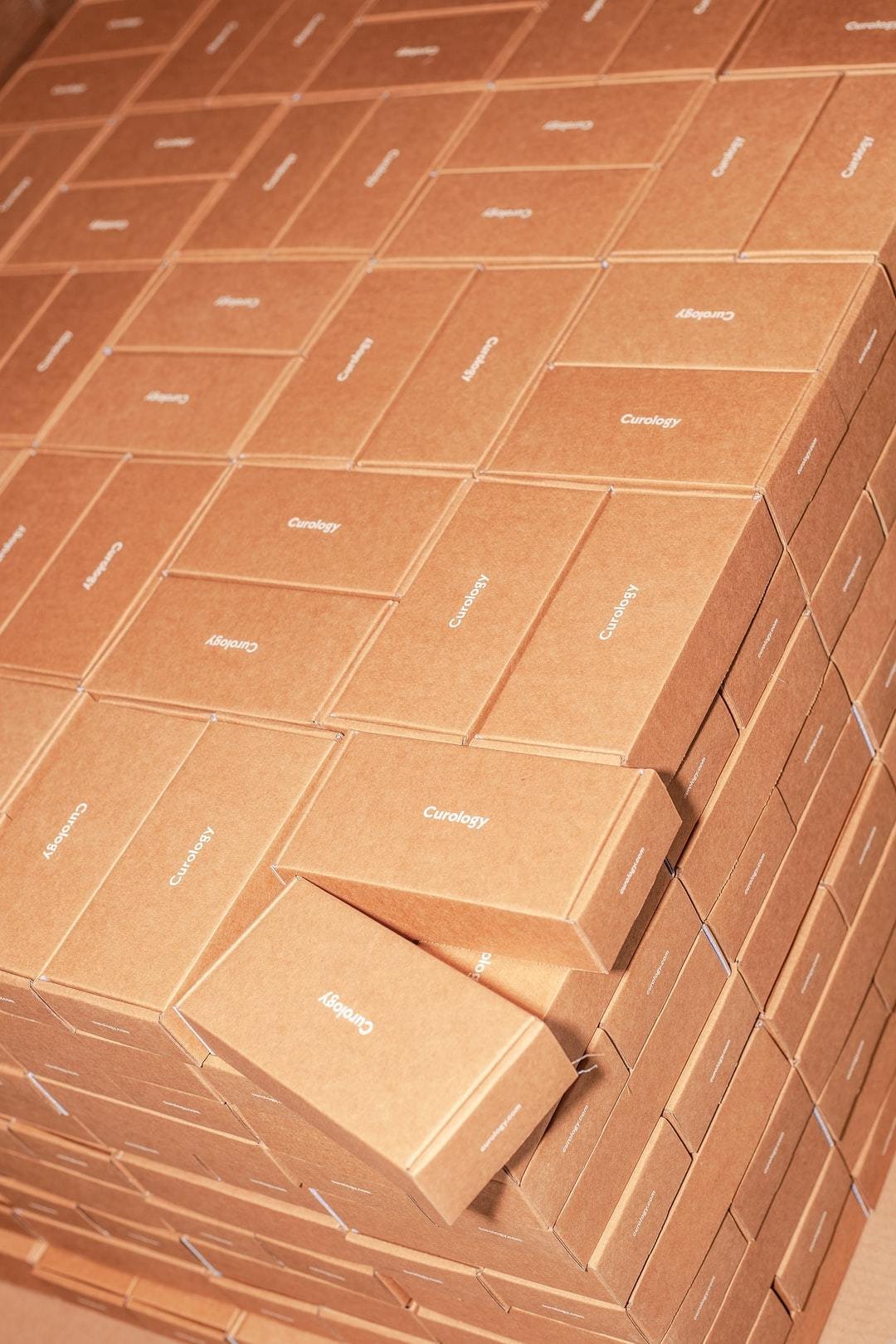A Guide to Hazardous Packaging

It is every manufacturing firm’s worst nightmare. A package-carrying hazardous substance is not packaged tightly, or it labeled wrongly or mishandled. The package is ruptured, and the lethal material seeps into a warehouse or distribution facility. In the best case setup, the firm faces penalties or inspections, in the worst case, however, injuries may be sustained, or death occurs.
If you are not familiar with the realm of hazardous materials, you delve into a complicated area of risk and guidelines. The rules governing the space may seem overwhelming in the beginning, more so if you are trying to handle the packaging and shipping internally. You could be exposed to a maze of regulations from agencies such as DOT, OSHA, as well as the Environmental Protection Agency. Moreover, each state typically has its unique sets of requirements regarding delicate and hazardous packages.
It is best that you partner with an industrial packager with significant experience in the domain. They can employ their expertise and knowledge to guarantee that your cargo is packaged securely, and your team members are not exposed to any dangers. The partner may as well take the liability off you and guarantee that you comply with the stipulated regulations.
When picking a hazmat packaging partner, it is imperative that you familiarize yourself with the language to ensure you ask informed questions. In the piece are a few critical factors to take into perspective when it comes to hazardous packaging. Whether you are outsourcing or packaging internally, you should be aware of these components as well as how they fit into the procedure.
To start with, you ought to consider classification. The classification system is run by the DoT. Its role is to offer a universal framework to comfortably figure out what materials ought to be packaged in a container and what dangers they pose. The US Department of Transportation provides a useful chart as an overview of the cataloging system. The classification should inform about the present risks and the sort of packaging needed. It will also indicate the classification labeling required on the container or package.
After determining the classification of your material, you can now start thinking about the packaging and how it ought to be designed to mitigate risks. Of course, to achieve that, you have to be in a position to point out all possible risks. A lot of manufacturers are highly skilled at crafting and manufacturing their products. However, they are inexperienced when it comes to packaging, especially hazardous materials. They may lack extensive knowledge needed to imagine every possible result or to assess the probability of specific risks precisely. There are a lot of errors or miscues in the package design that could end up in real danger. The package may be unstable and could break in transit. The crate may not offer enough cushioning or absorbent materials to reduce shock or instability. The materials may be sensitive to temperature, and the package may not be at the right temperature when loaded. A packager with experience can assist in knowing these dangers.
